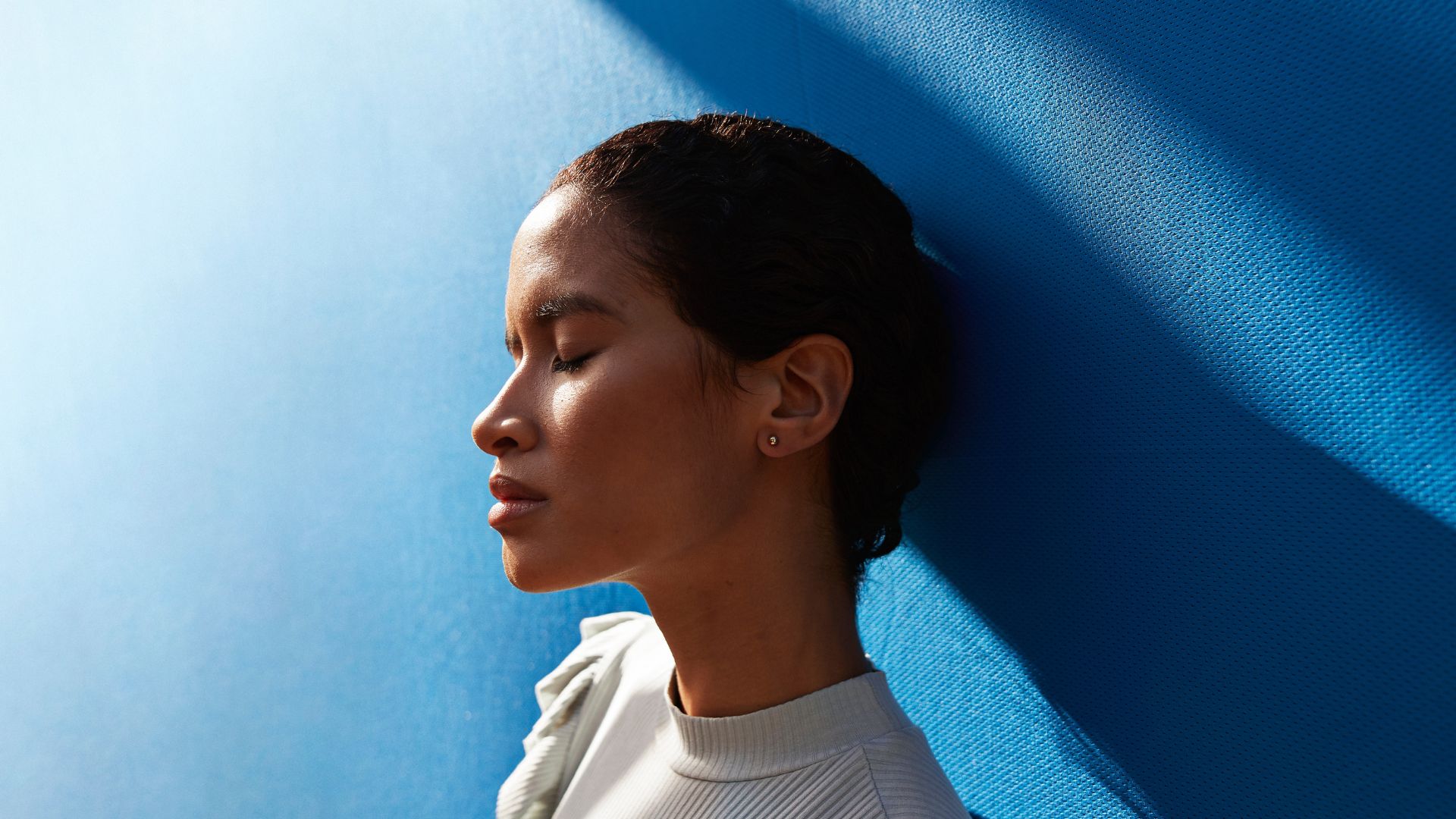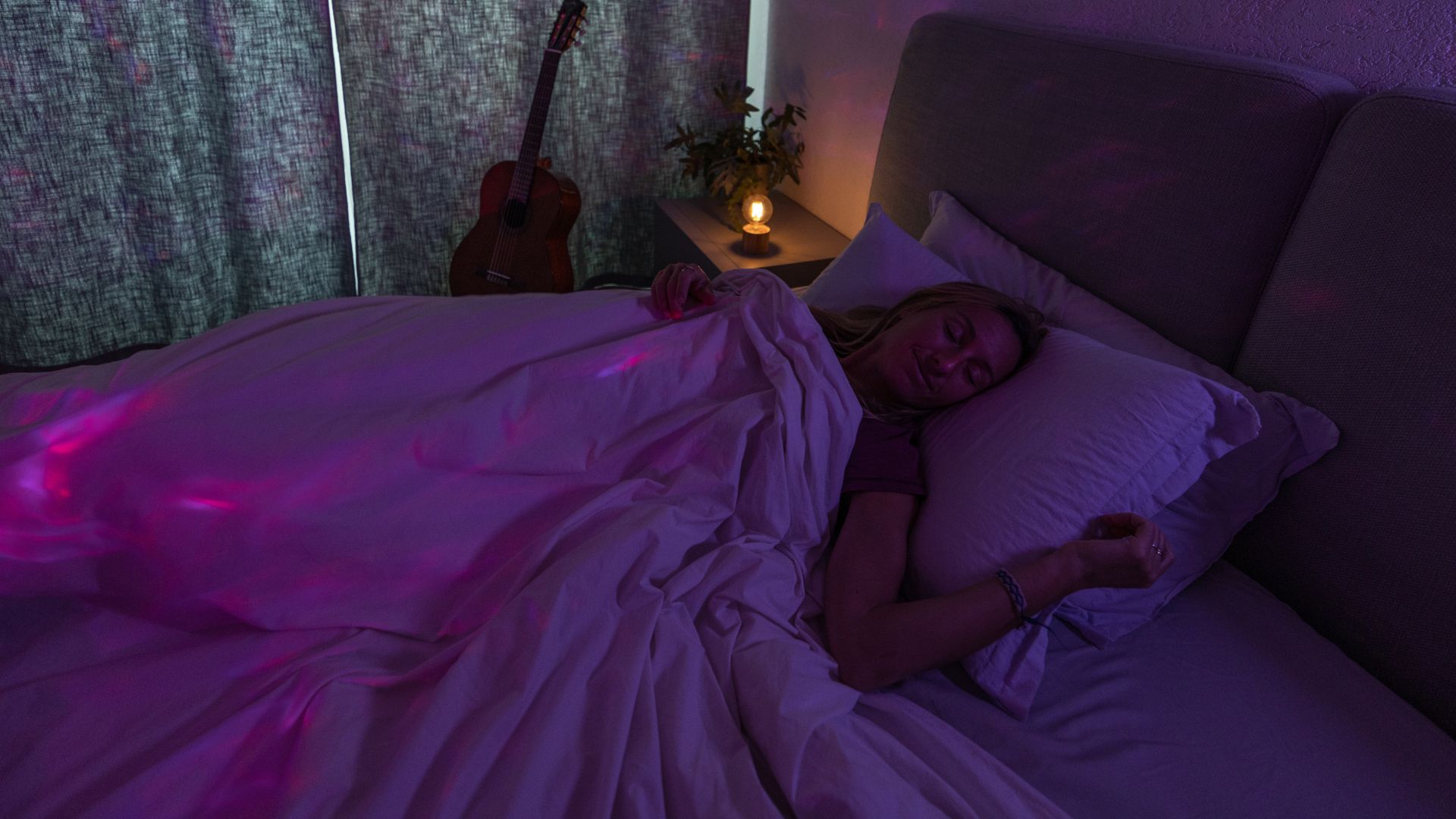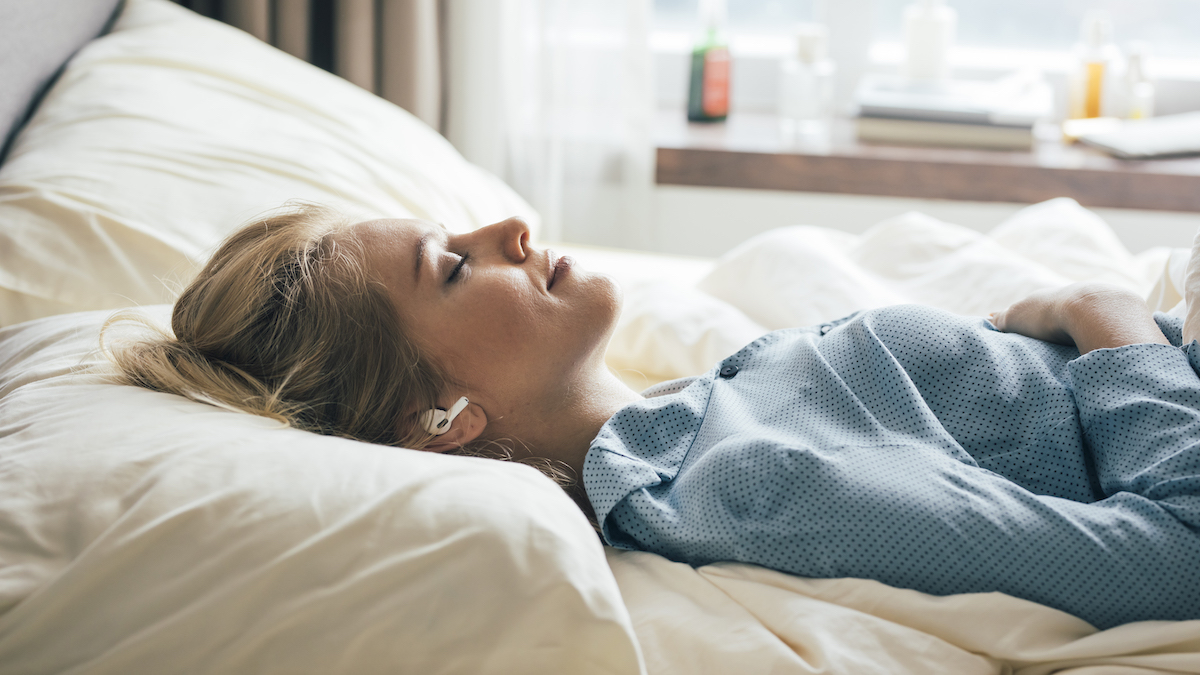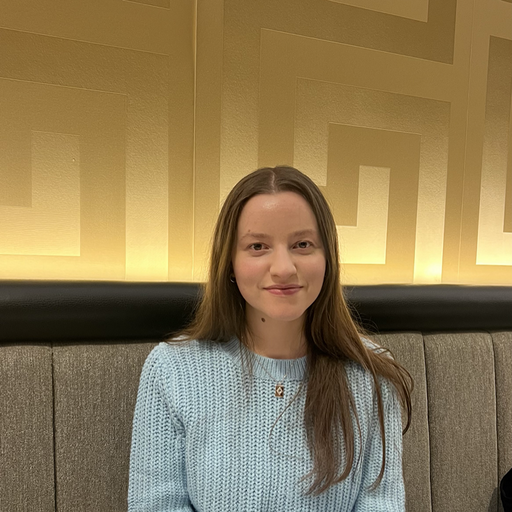What is the 5-4-3-2-1 method and how can it help sleep anxiety?
How the 5-4-3-2-1 method can ease night-time anxiety and help you sleep better

Does your mind race when you're trying to fall asleep? If so, you could benefit from using the 5-4-3-2-1 method to ease your nighttime anxiety. But what is the the 5-4-3-2-1 method, and how can you use this grounding technique to fall asleep?
While there are many things you can buy to help you sleep better — from a sleep mask to investing in one of the best mattresses — sometimes all you need is a simple brain exercise. The 5-4-3-2-1 method doesn't require any special equipment; you simply use your mind and senses.
The beauty of the 5-4-3-2-1 grounding technique is that it can be used any time and anywhere. Here, we'll break down what the 5-4-3-2-1 method is, how it works, and how you can use it to improve your sleep.
- Read more: How to sleep with election night anxiety
What is the 5-4-3-2-1 method?

The 5-4-3-2-1 method is a grounding technique designed to ease anxiety. A grounding technique is any strategy that calms anxiety and allows a person to distance themselves from negative thoughts or emotions.
While there are plenty of grounding exercises you can do, the 5-4-3-2-1 method is popular as it can be performed at any time or place. There's no special equipment needed (just your senses), and it's easier to remember and less conspicuous than the 4-7-8 breathing method or the 'alpha bridge' method.
How does the 5-4-3-2-1 method work?
The 5-4-3-2-1 method is named after the five senses (sight, touch, sound, smell, and taste) as the technique utilizes them all to help manage stress or anxiety. In short, you use these senses to focus on details in your surroundings whenever you feel anxious or overwhelmed.
To do this, you follow these simple steps:
- 5 things you can see
- 4 things you can touch
- 3 things you can hear
- 2 things you can smell
- 1 thing you can taste
Does the 5-4-3-2-1 method work for sleep?
While the 5-4-3-2-1 method was originally designed to alleviate anxiety triggered by things such as social events or public speaking, it can also be adapted for sleep. At this point you might be wondering how exactly can this method be used to fall asleep. After all, it requires you to list things that you can see and hear, and won't that be tricky when your bedroom is dark and quiet at night?

However, the method can be performed during your bedtime routine, once the lights are out but your mind can't seem to quiet down. When used before bed, this will contribute to a de-stressing nighttime routine and ease sleep anxiety. The method can also be used while you're trying to sleep so you can identify anything that's keeping you awake and create a calming surrounding.
How to use the 5-4-3-2-1 method for sleep
Identify (or think of) 5 things you can see
First, identify five things you can see. If you're performing this technique just before bed, then make sure your lights are dimmed. Also, turn off any gadgets such as phones, laptops, or TVs so the blue light won't affect your sleep — sorry, your TikTok feed can't count as one of the five. Now, look for five details in your space that you can see. It could be a pattern on your curtains, a shadow on the wall, or the outline of a perfume bottle on your shelf.

If you're already in bed and the lights are out, you can either visualize how your room looks from memory (for example, a jacket hanging on the back of your chair) or you could use this as an opportunity to find out if anything in your room is causing sleep issues. Is the stand-by light from your computer monitor still on? Can you see some clutter in the corner of the room that's causing you to stress out? If so, eliminate these disruptors — turn your gadgets off completely and tidy away any mess.
Identify 4 things you can touch
What can you feel? Maybe it's the warmth of a weighted blanket, the cooling touch of one of the best cooling mattresses, the softness of your pajamas, or maybe it's the refreshing cold night air from an open window.
Again, if there's anything you can feel that bothers you, fix it. Is the label of your pajamas too itchy? Cut it off. Does your mattress feel to hard against your shoulder? Invest in one of the best mattress toppers.
Identify 3 things you can hear
Listen. Are there any noises that annoy you? For example, it could be the sound of a ticking clock or the whirring of a fan. If so, turn off any noisy gadgets and invest in a non-ticking clock. If you live in a noisy neighborhood or a noisy household, then you may be able to hear lots of things that are annoying but beyond your control. If so, try purchasing a white noise machine or sound cancelling earplugs or headphone.

While noise can be a nuisance, some noises can be soothing. Green noise such as heavy rainfall, gentle music, or guided mediations can be sleep-inducing to some, so explore different sounds to see which has a sleepy effect on you.
Identify 2 things you can smell
Take in the scent of freshly washed sheets. Make your room a haven by spritzing soothing scents such as lavender pillow mist or vanilla room spray. You can also apply scents to your body, such as lotion or scented lip balm. Maybe there's a perfume that makes you feel nostalgic or cosy.
Identify 1 thing you can taste
While we don't recommend eating or drinking close to bed (try to drink your last drink and eat your last meal three hours before sleep), there are still plenty of things you can taste. Can you taste the minty freshness of the mouthwash you'd just used? Or maybe the mango lip mask you just applied?
By now you've finished your counting and should be feeling calmer and ready to simply close your eyes and drift off...
Sign up to get the BEST of Tom's Guide direct to your inbox.
Get instant access to breaking news, the hottest reviews, great deals and helpful tips.

Frances Daniels is a PPA-accredited journalist and Sleep Staff Writer at Tom's Guide with an MA in Magazine Journalism from Cardiff University. Her role includes covering mattress and sleep news and writing sleep product reviews and buyer's guides, including our Best Hybrid Mattress 2025 guide. She is hugely interested in the relationship between good sleep and overall health, interviewing a wide array of mattress and sleep experts to create well-informed articles about important topics such as nutrition, sleep disorders (from sleep apnea to night terrors), lucid dreaming, sleep hygiene, and mattress care. She is also our specialist on mattress toppers — producing mattress topper reviews and taking care of our Best Mattress Toppers 2025 guide — and takes the lead on all content related to fiberglass-free mattresses for a clean, non-toxic sleep. Outside of Tom's Guide, she has written for Ideal Home, Homes & Gardens, and Marie Claire.
